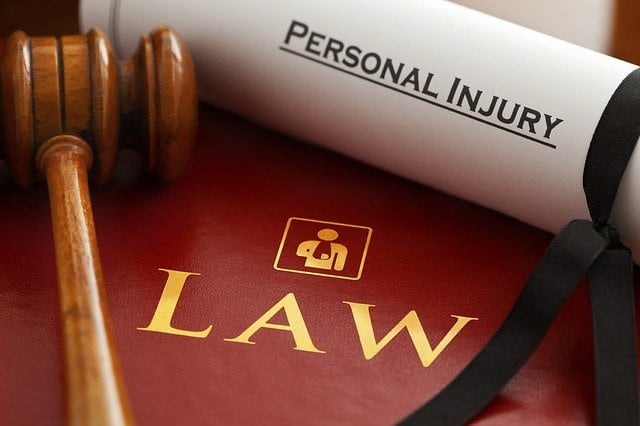Motion Sickness Causes and Remedies | Goop

Carsick, airsick, or seasick—most of us have experienced some type of motion sickness (clinically called kinetosis) at one time or another. It’s most common in children two to twelve years old and women, but anyone at any age get it. Cars, planes, and boats are the most common places, but some people can experience motion sickness in an elevator, on a roller coaster, on a swing, playing virtual reality games, riding horses, or even just thinking about it. It usually starts with feelings of nausea followed by any combination of cold sweats, vomiting, dizziness, headaches, drowsiness, irritability, increased salivation, or burping. And the symptoms can last anywhere from a few minutes to several hours.
Potential Cause
Even though many people experience motion sickness, it’s not well understood, and its cause is unknown. Theoretically, it’s caused by a sensory conflict or miscommunication between your inner ear, eyes, and other sensory nerves (proprioceptive systems) throughout your body. When these systems are sending different messages to the brain, the conflicting information expresses itself as sickness. For example, if you’re riding in a car, your eyes may send messages to your brain that you’re in motion, but because you’re sitting, your ears and muscles can send messages that you’re not moving. The different messaging leads the brain to be confused or misaligned, causing the symptoms of motion sickness.
Ways to Prevent or Remedy
There’s no cure for motion sickness, but preventing or catching the symptoms early on minimizes their severity. It helps to identify what triggers your symptoms and then try different things to prevent or ease them. Some remedies work better than others; here are some options to consider.
Traveling: When possible, face forward in the vehicle and look at an object in the distance. Avoid reading or looking at your phone. If the vehicle turns, tilt your head with the turn. Get fresh air by opening windows or sitting near air vents. Lie back and close your eyes if you can. Where you sit matters, too. In a car, try for the driver’s or front passenger seat. On a plane: wing section. Forward-facing window seat on a train, window seat on the bus, and middle upper deck on a boat. On a cruise ship, you’d want a cabin in the front or the middle, close to water level, for sleeping and then to spend as much time as possible on the upper deck for activities.
Food and drinks: Staying hydrated and eating lightly is ideal, since an empty or full stomach can make symptoms worse. And avoiding spicy, greasy, and acidic foods is recommended.
Essential oils: Ginger has been traditionally used for motion sickness relief. Many people have found peppermint, mint, and citrus oils useful as well—in oil or hard candy form.
Acupuncture and acupressure: Acupuncture and acupressure wristbands can help prevent or minimize symptoms of motion sickness. Acupuncture treatments (usually given bilaterally to the PC 6, ST 36, and LI 4 acupressure points) have traditionally been used to prevent and minimize symptoms of motion sickness. And acupressure wristbands—which provide manual stimulation or electrostimulation of the PC 6 acupressure point, located about three fingers’ width below the inside of the wrist—are commonly used to help manage motion sickness.
Habituation or acclimation: There are many emerging habituation techniques—from visual tracking to full motion simulators—that can acclimate the body to help reduce or eliminate symptoms of motion sickness. The treatments deliver motion stimulation that triggers motion sickness, so they are likely to be unpleasant, to say the least. But with repeated stimulation over time, the body can acclimate so that symptoms are considerably reduced or eliminated. You can find more information on the options through your health care provider or physical therapist.
Pharmaceuticals: Over-the-counter antihistamines are widely used to prevent and treat symptoms of motion sickness, though people often don’t like the drowsiness that is a side effect. For other pharmaceutical options and severe cases of motion sickness, prescription medications can be prescribed by a licensed health care provider.
This article is for informational purposes only. It is not, nor is it intended to be, a substitute for professional medical advice, diagnosis, or treatment and should never be relied upon for specific medical advice. To the extent that this article features the advice of physicians or medical practitioners, the views expressed are the views of the cited expert and do not necessarily represent the views of goop.
This article was originally published by goop.com. Read the original article here.


